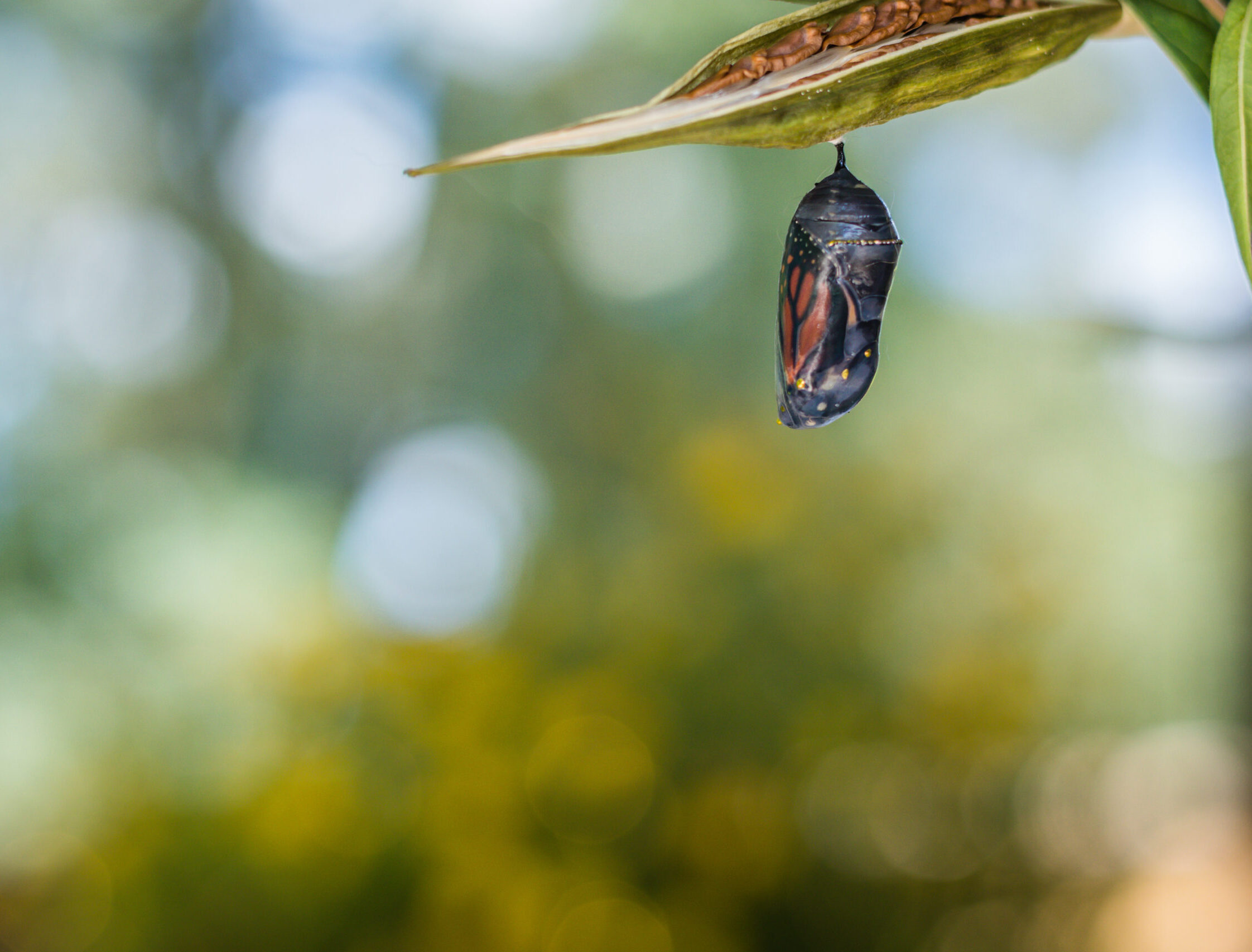Common milkweed
A perennial indigenous plant with many applications, common milkweed has become recognized as a valuable part of our landscape.
Indigenous plant
Asclepias syriaca, common milkweed
It becomes more noticeable when starts to bloom late June to early July, depending on the region. Its umbrella of small pink flowers release a pleasant fragrance that attracts a wide variety of pollinators. Its nectar can be transformed into a honey with a unique, sweet flavor.
Milkweed thrives in dry environments, and is most commonly found on roadsides and fields. Its stem reaches on average 1m in height, but can grow as tall as 1.5m when competing for sun.
Following the flowering season in August, its fruit appears. The follicle ressembles a vegetable, conical and pointy in shape. The average follicle length is 8 to 12cm and contains the silky floss, which is attached to the seeds. Although it mostly spreads by rizhomes, it can also propagate through its seeds. The lightness of its fibers carries its seeds like a parachute in the wind for a better dispersion. However, the chances of its seeds landing in perfect conditions, such as bare ground without disruption, are very slim.
More that 140 different varieties have been identified worldwide. In Canada, we have four. Common Milkweed is among the varieties with low toxicity. Thus, a significant amount of the plant would have to be ingested to cause severe consequences. The toxicity comes from cardenolides, a substance that serves as a defence mechanism for the plant, and the insects that feed from it. These latter become indigesteable to their predators. The substance is not fatal to predators, but the experience is uncomfortable enough, that they never repeat it!
Essential to the monarch butterfly
The caterpillar of the monarch butterfly feeds exclusively of the leaves of milkweed.
The butterfly arrives in Canada during the milkweed flowering season and leaves late August. It embarks on a 4500km long journey to its hibernation site in the high forests of the state of Michoacán in Mexico.
Misson Monarch, a community science program, is a reliable source on the subject of the monarch butterfly, and the plant it relies on, common milkweed. This program is an initiative of Space for Life Insectarium.

A history of milkweed
Native to North America, the first nations used common milkweed as a medicinal plant, to make rope, and as decorative thread for embroidery.
During the 17th century, according to the letters of Marie de l’incarnation, a famous French missionary in Canada, follicles of fiber were sent to a congregation in France. The silky floss was given to the King’s weavers, whom at the time where the experts on spinning fiber. They successfully made undergarments for King Louis XIII. Delighted by the fiber’s softness, the King demanded exclusivity of the floss, putting a stop to the popularization of the fiber.
In the early 20th century, many agricultural trials were attempted in Canada and the United States. During World War II, following a shortage of kapok, 1,2 million life jackets were made with milkweed floss. Other shortages followed, such as wool required for soldiers’ uniforms and latex used to make military tires, sparking a growing commercial interest in the plant. However, the discovery and commercialization of synthetic textiles offered an alternative to offset many supply shortages.
With the modernisation of agriculture, common milkweed is perceived as an invasive weed to intensive monoculture farming.
In recent years, we have become aware of the detrimental environmental impact of synthetic fibers. An ethical, plant-based alternative is necessary, today more that ever. Since 2013, Monark Coop has been striving to change the perception of this exceptional fiber, so it gets the recognition it deserves!
